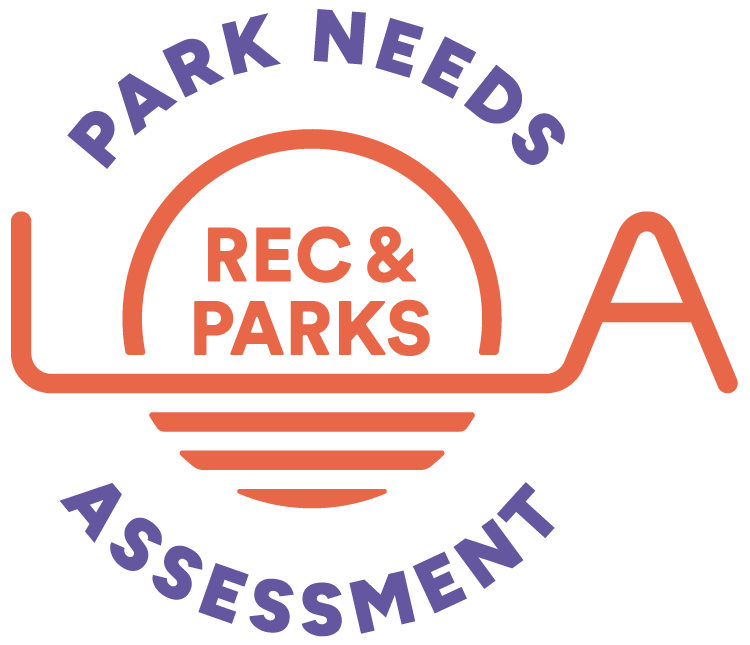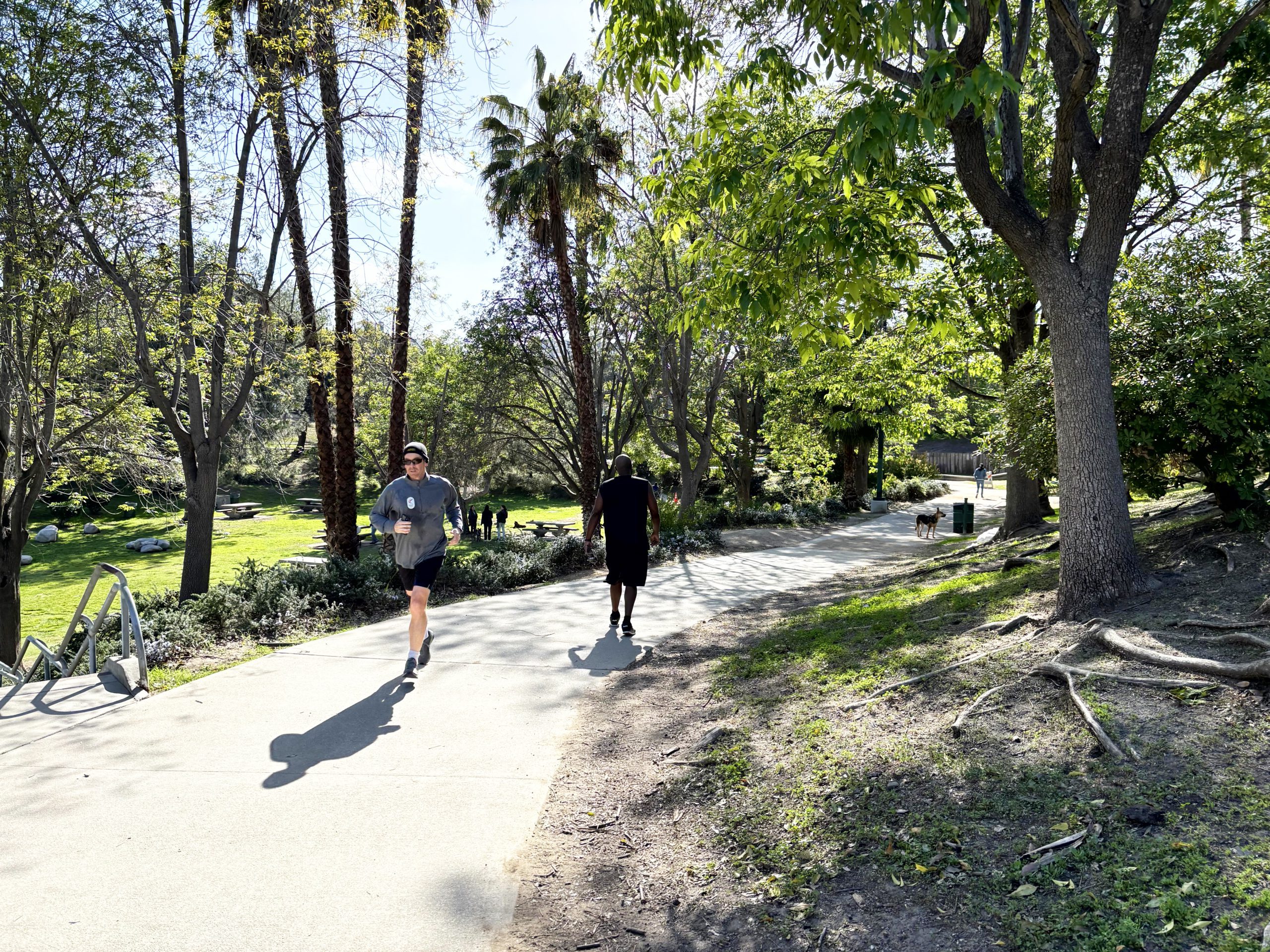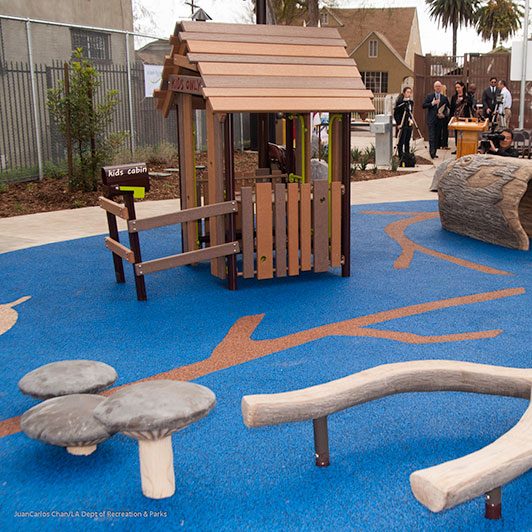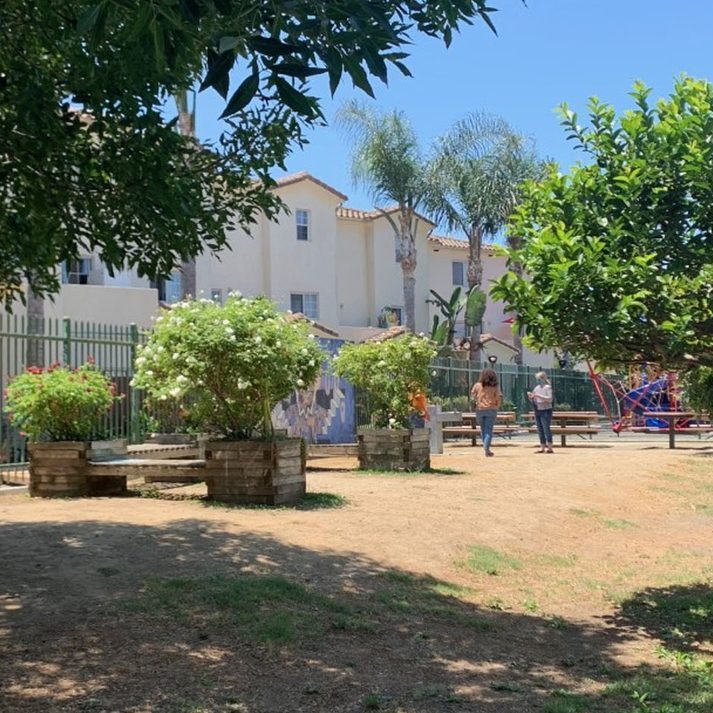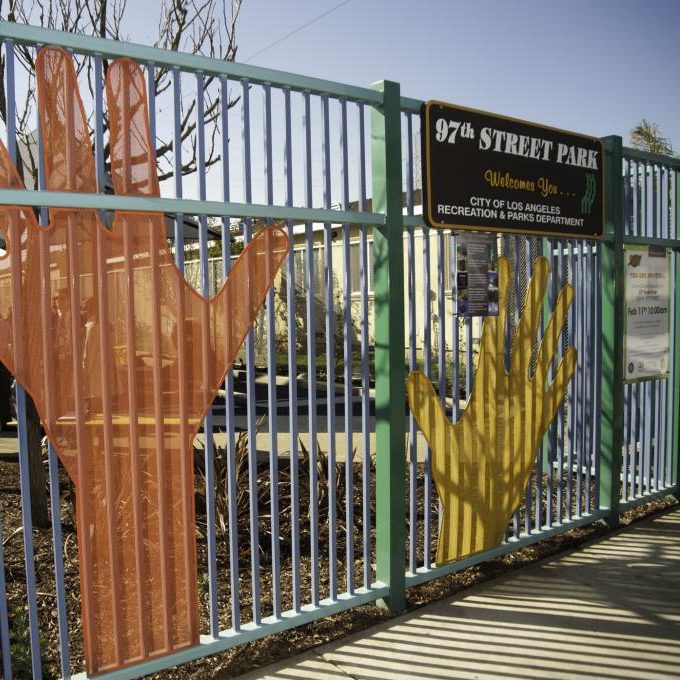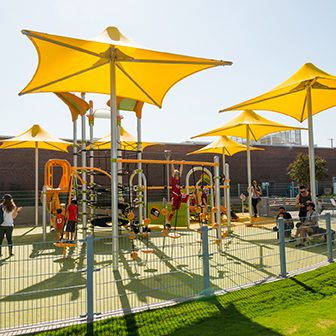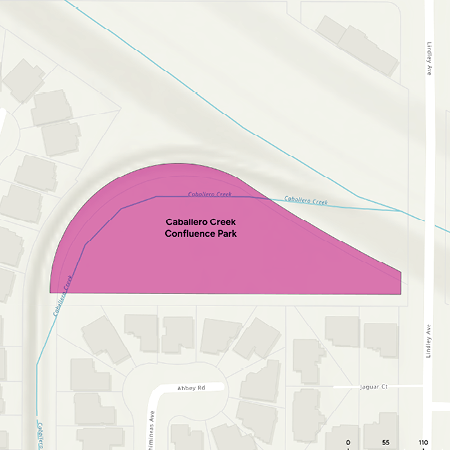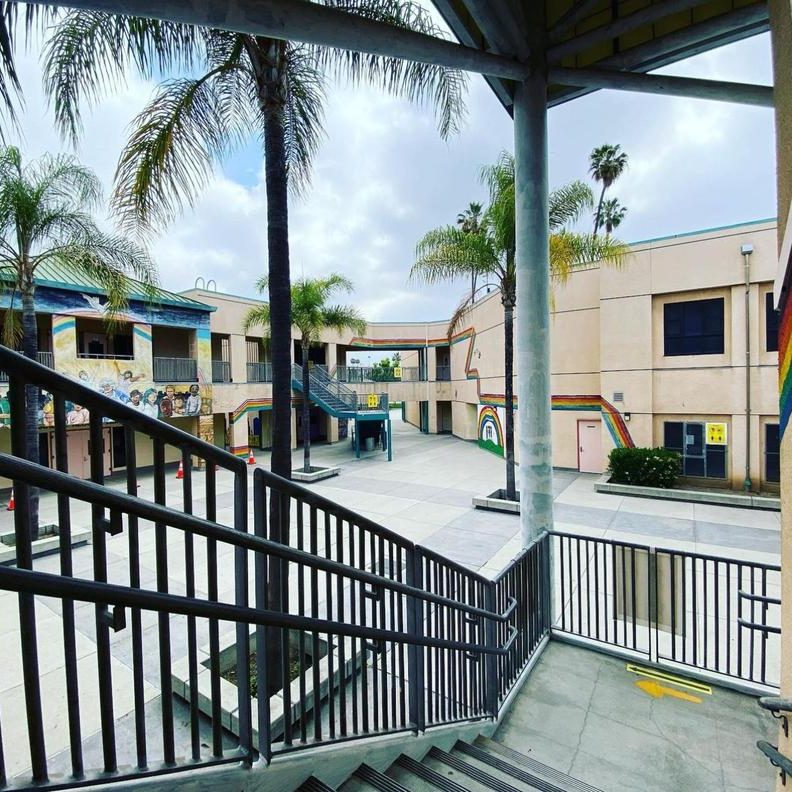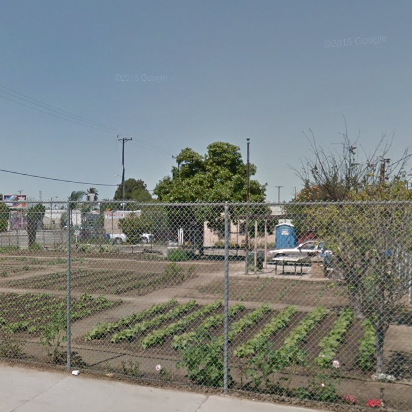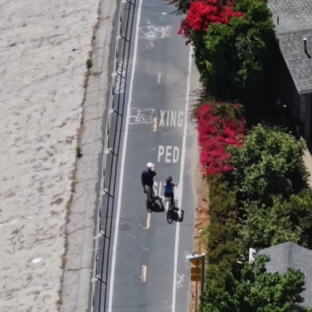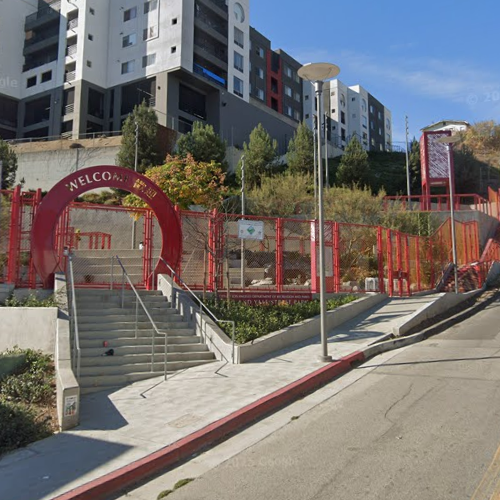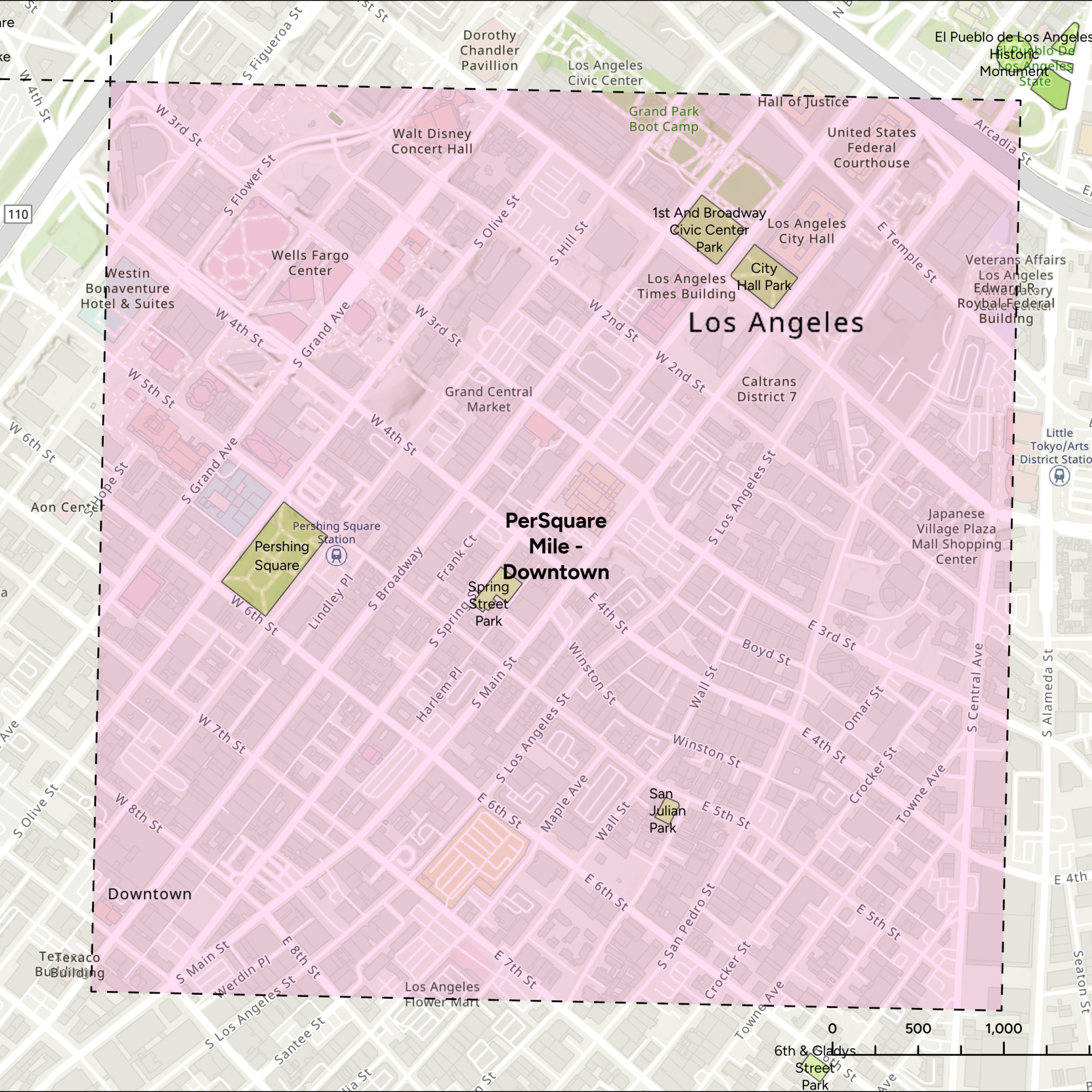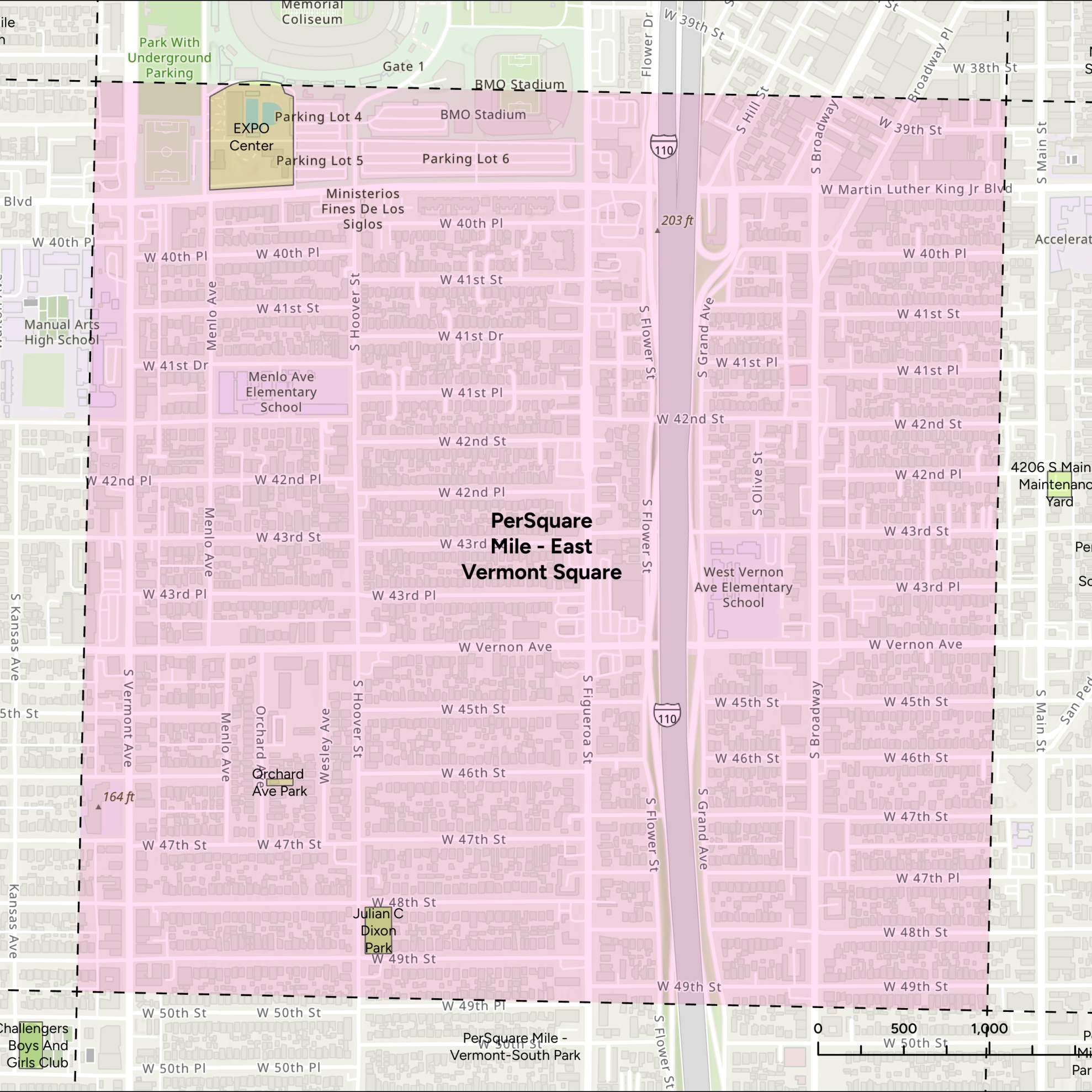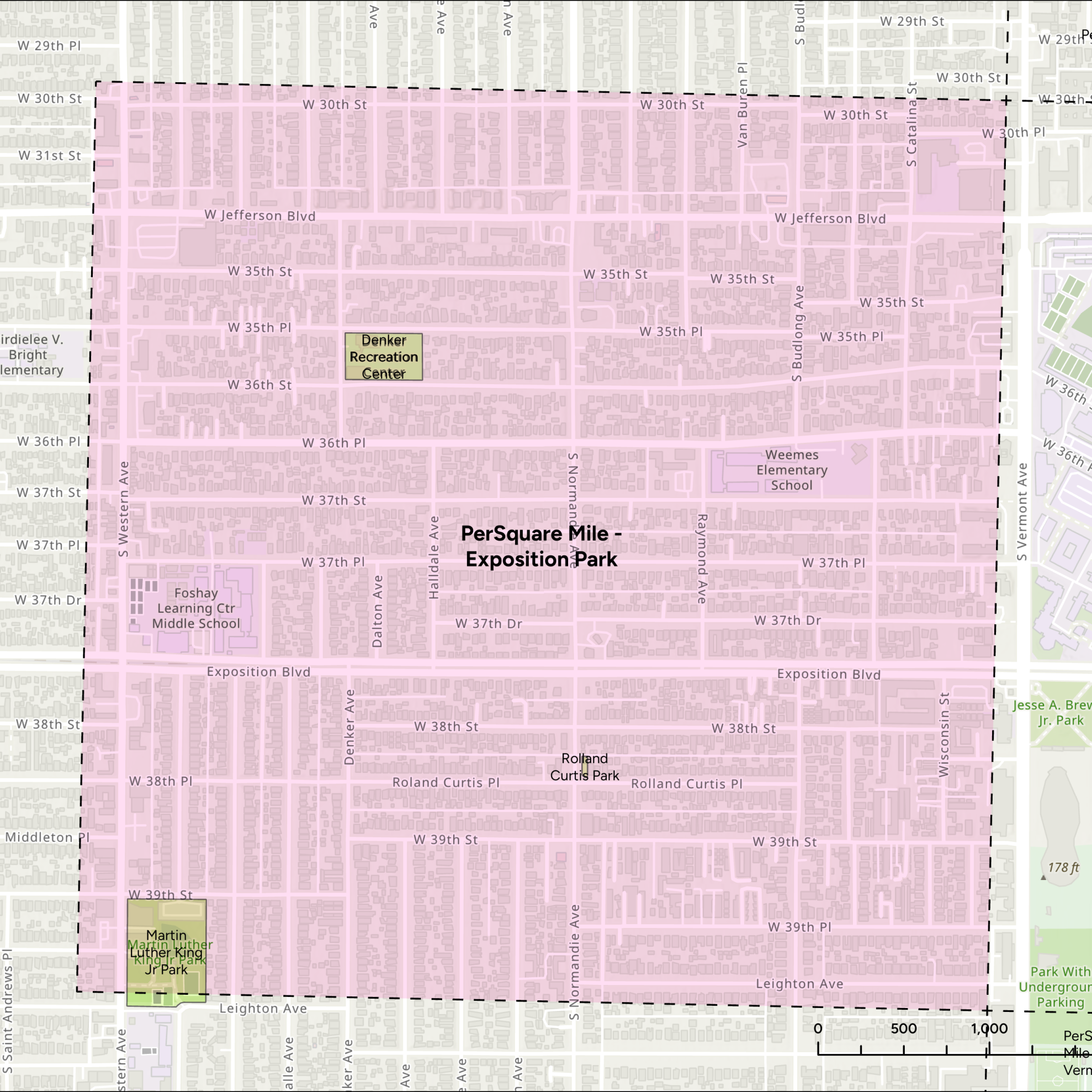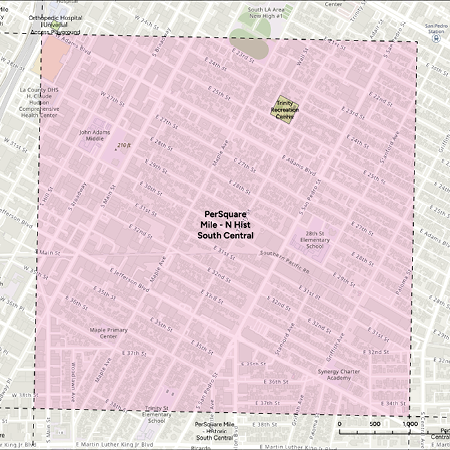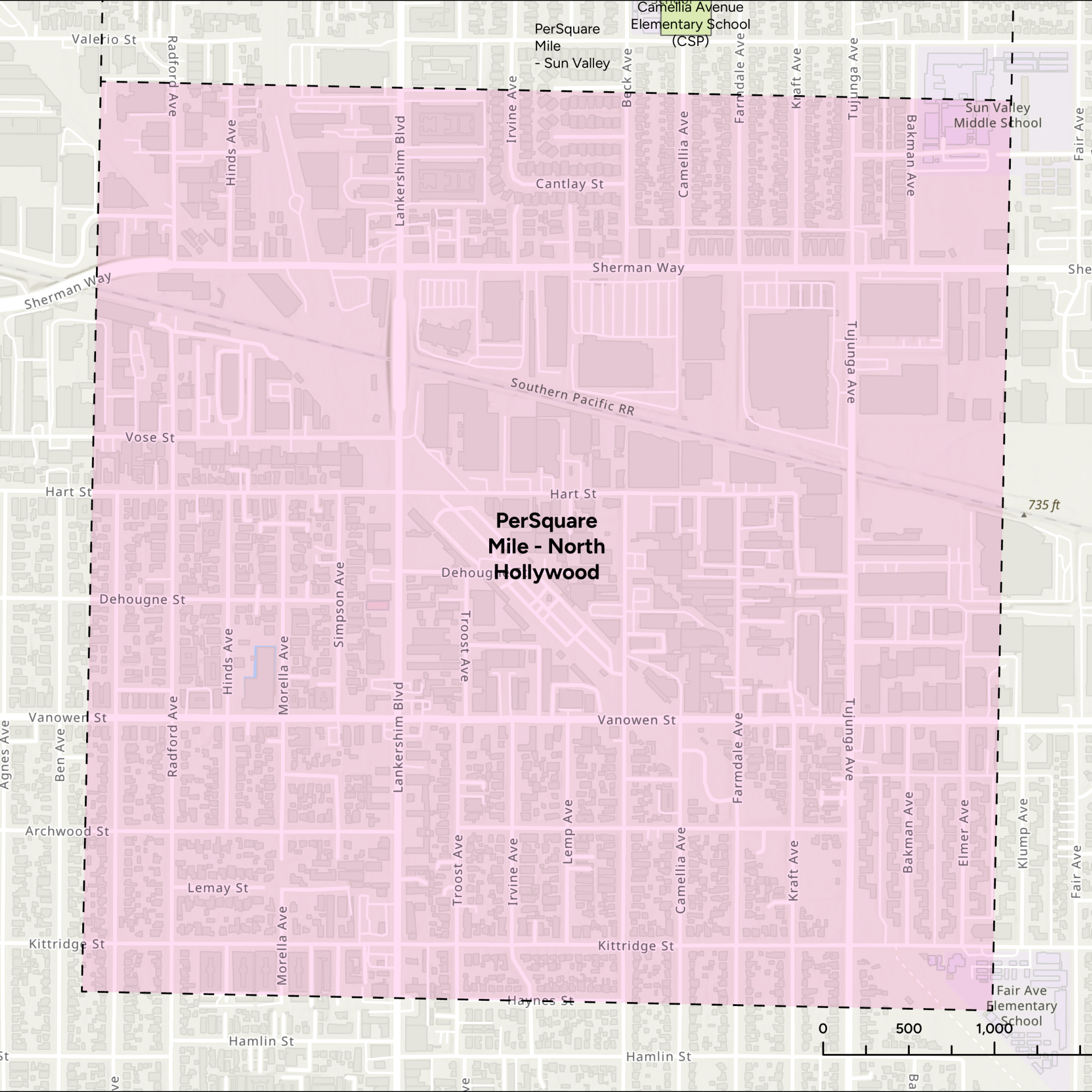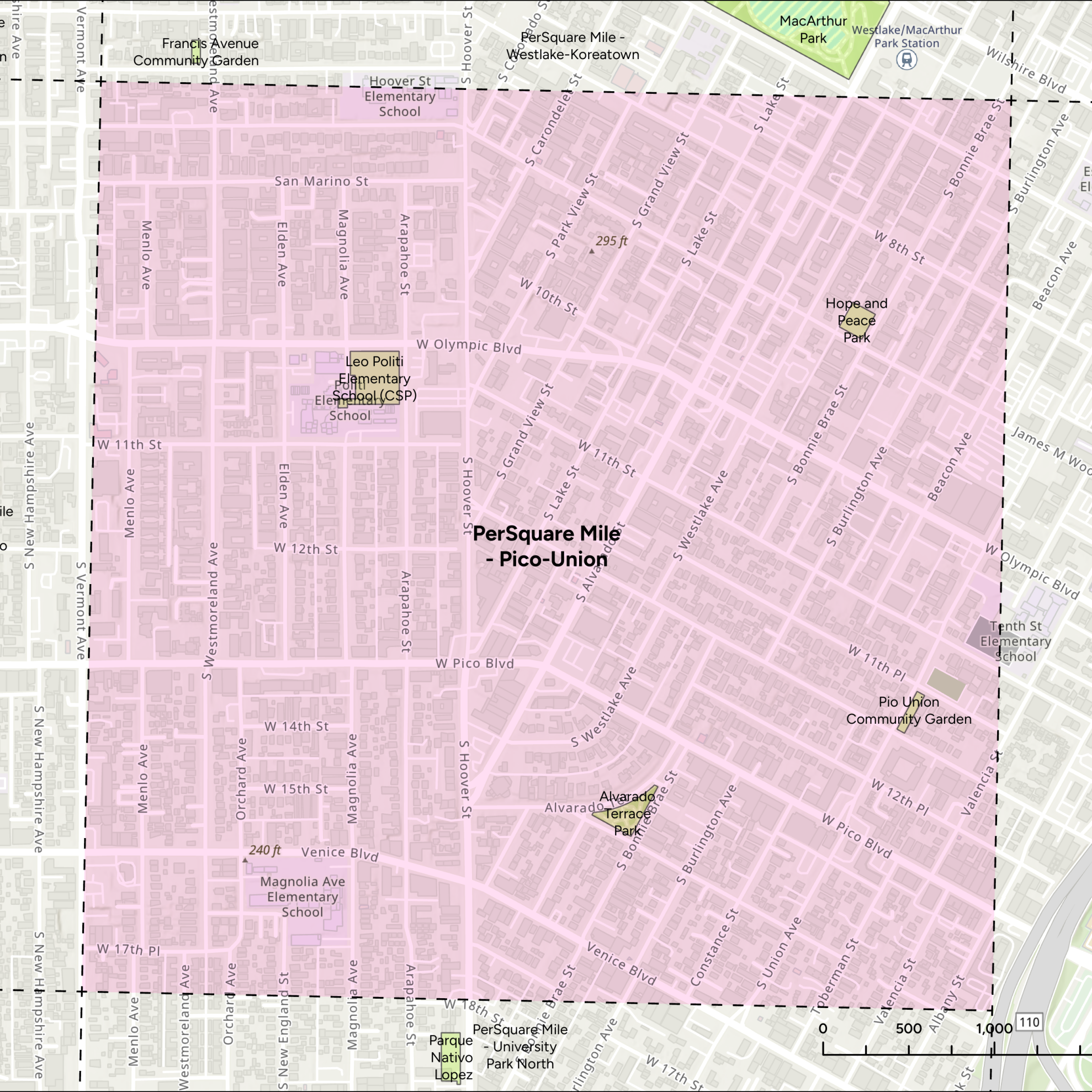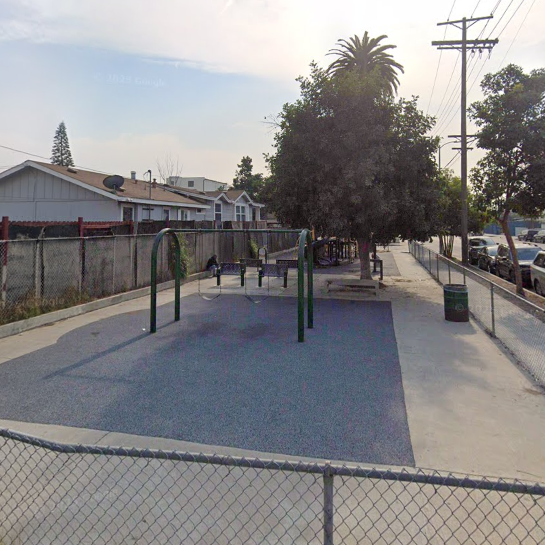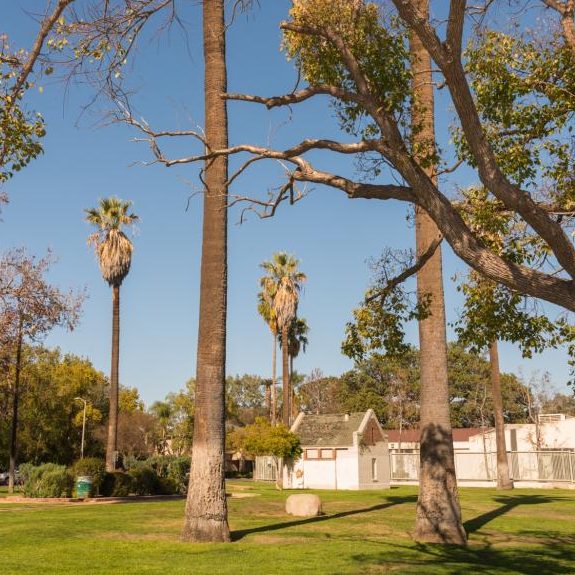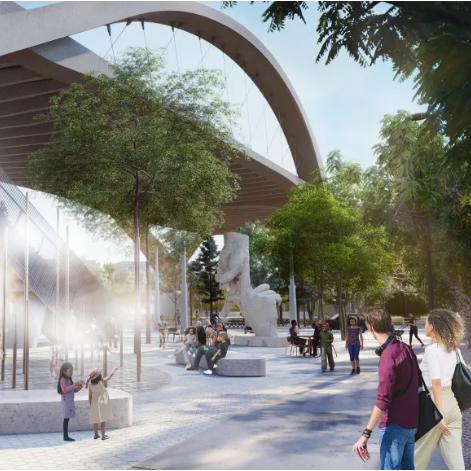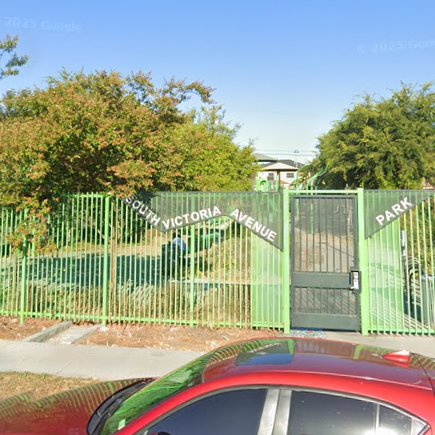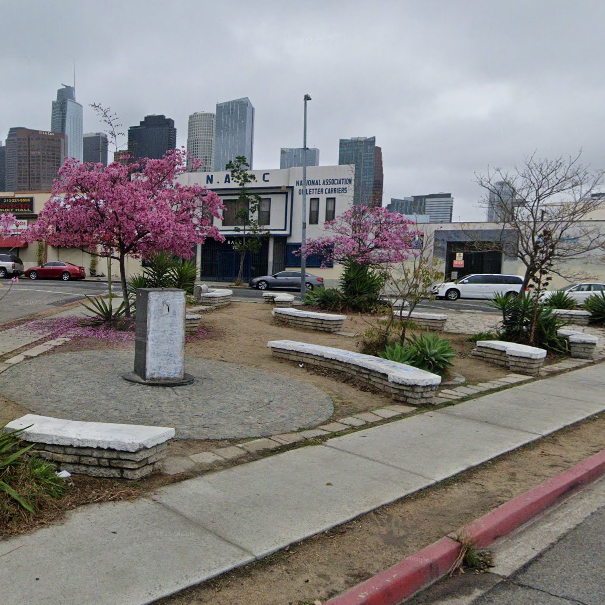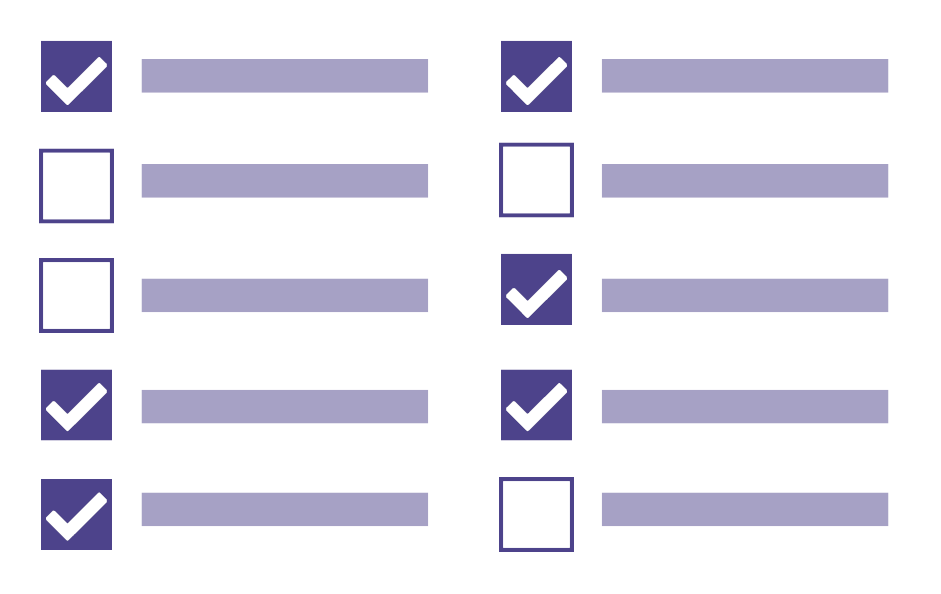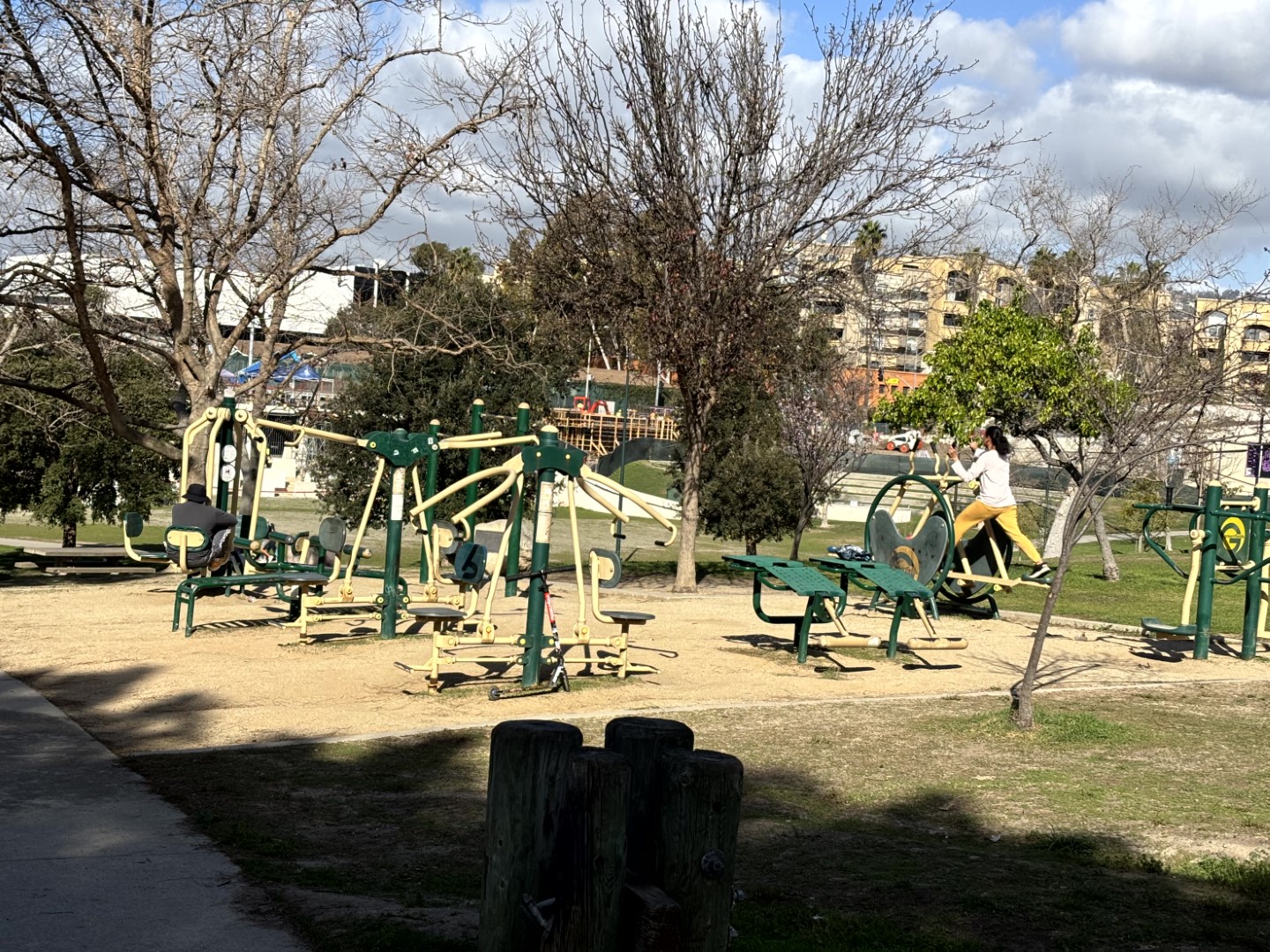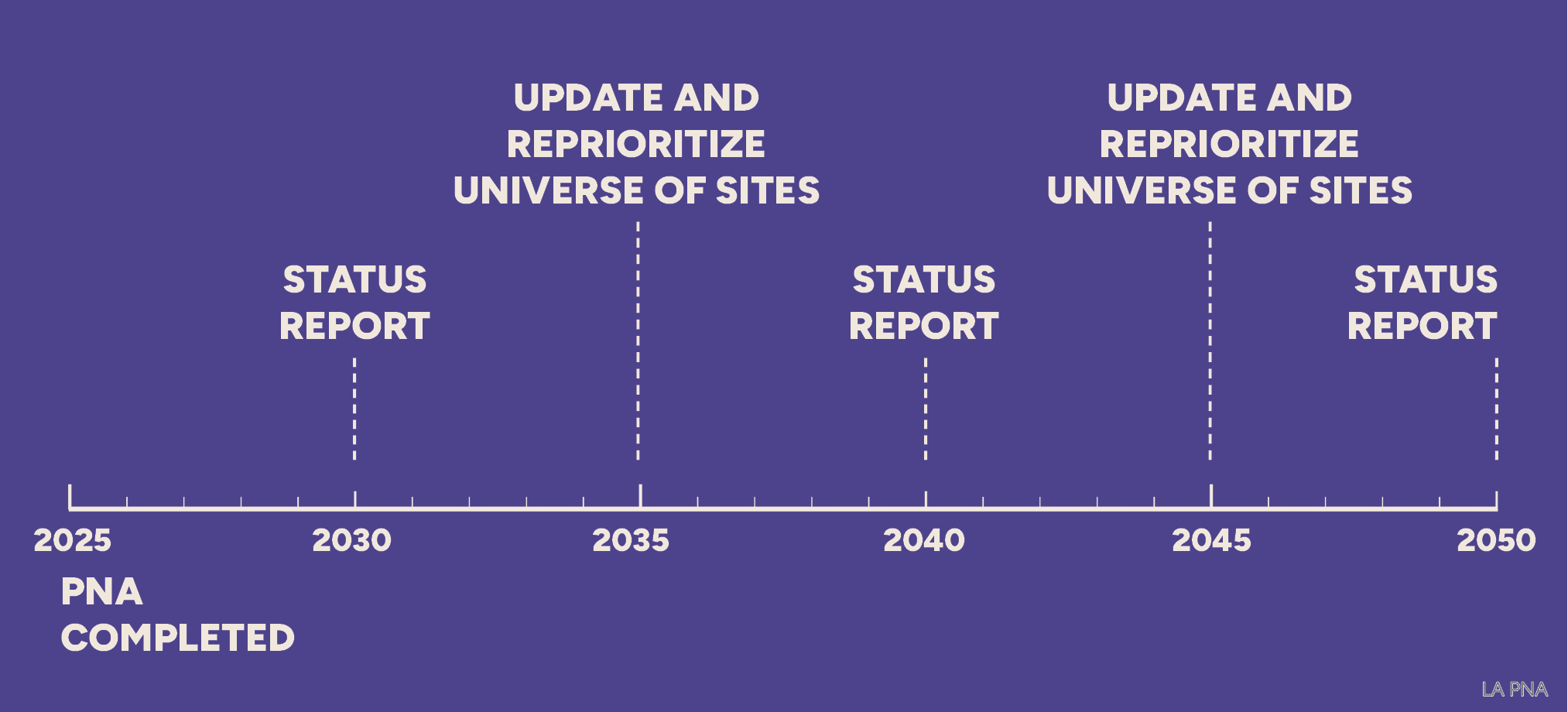The Action Plan translates these priorities into a clear set of steps to guide decision-making, resource allocation, and partnership development over time. It provides a roadmap for how the Department of Recreation and Parks can deliver more equitable, accessible, and high-quality parks and facilities across Los Angeles. By defining near-term actions, this chapter helps ensure that the City stays focused, adaptable, and accountable as it works to meet the evolving needs of all Angelenos.
How Do We Get There?
THE PNA IS A ROADMAP
The strategies and priorities in the PNA should serve as a framework for decision making.
When making decisions or responding to the Los Angeles community or to elected or appointed officials, the PNA serves as the reference point for decision making. Because the assessment is an integral tool for the Department, it should also be central to training for existing and new employees.
The Park Needs Assessment sets forth an ambitious strategy for the growth of the system that is driven by community voices. These goals are the product of rigorous community conversations, multiple surveys, in-depth analysis, and agency and partner visioning. Going forward, the City should use the plan as a tool to assist in decision making as it relates to investment strategies and resource allocation to ensure barriers to participation are removed and create a more equitable system.
The PNA should serve as a unifying document that helps align the needs of the community with the priorities and actions of the City in order to continue to grow an inclusive, loved, and connected recreation and parks system.
Early Actions
The following build on the strategies and priorities identified in the Park Needs Assessment and serve as first steps the Department of Recreation and Parks and the City can take to begin a successful and inclusive implementation process.
RAP-Led Funding Strategies
Funding Strategies Requiring Partnership
Updating the PNA
It is advisable that RAP should hire dedicated full-time staff responsible for PNA implementation and tracking the progress of PNA. The program implementation staff should coordinate and prepare the following public status reports.
Every 5 Years
Every five years, RAP should complete a public status report on progress toward fulfilling the needs identified in the PNA.
The status report should publish results about the number and location of prioritized parks or new park locations that have received additional operations and maintenance or capital funding and total dollars spent, allocated, and requested. Reports should also include projections in funding shortages and strategy toward securing more sustainable funding. Qualitative descriptions should be included that describe progress on actions that may be less reflected by dollars spent, such as workforce development, the success of recreational and social service programs, collaboration with local NGOs/CBOs, and equity principles.
The following tasks should be completed by RAP staff for the five-year status report:
Every 10 Years
Every ten years, RAP should engage a consultant to update the Universe of Sites and re-prioritize the Universe of Sites using:
As the population projections used in the 2025 PNA are for 2050, by 2045 RAP should evaluate if an entirely new PNA is needed or if the current methodology is still valid. RAP should work toward the update or new PNA by 2050. It is anticipated that the current methodology may still be valid but additional or fewer criteria should be used. In this case, additional factors could be added. All criteria should be updated in 2050.
In the event that population projections from the Southern California Association of Governments substantially change between now and 2045, RAP may want to consider a more substantial update sooner than 2045.
